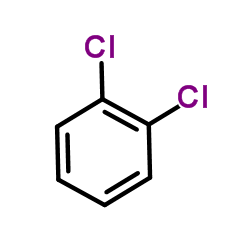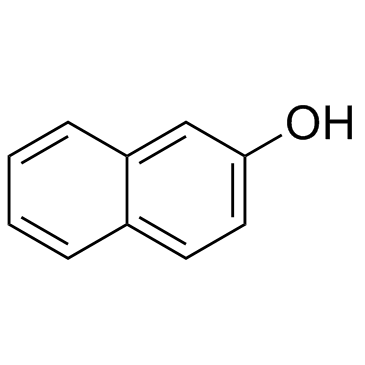| Structure | Name/CAS No. | Articles |
|---|---|---|
 |
1,2-Dichlorobenzene
CAS:95-50-1 |
|
 |
2-Naphthol
CAS:135-19-3 |